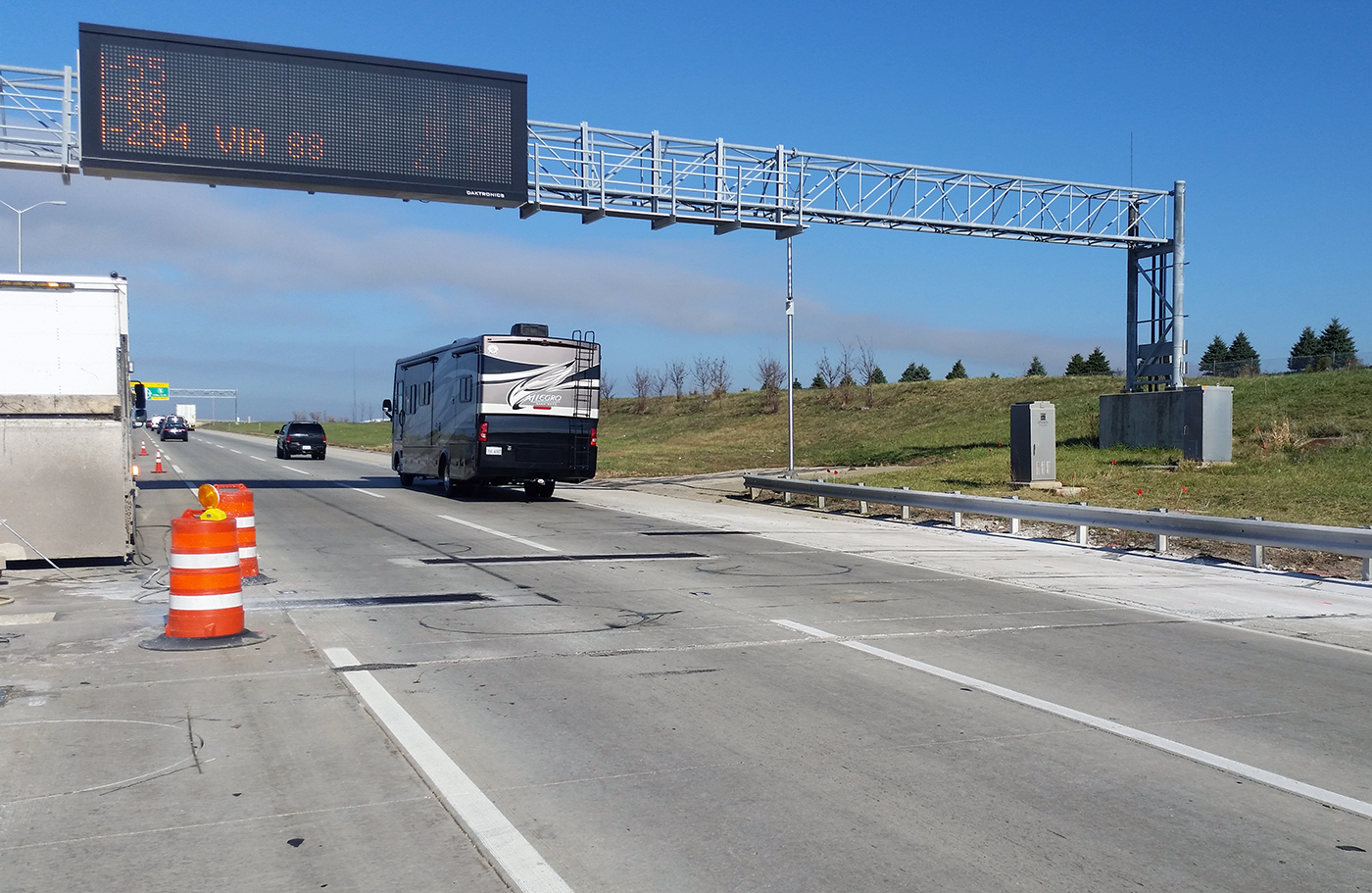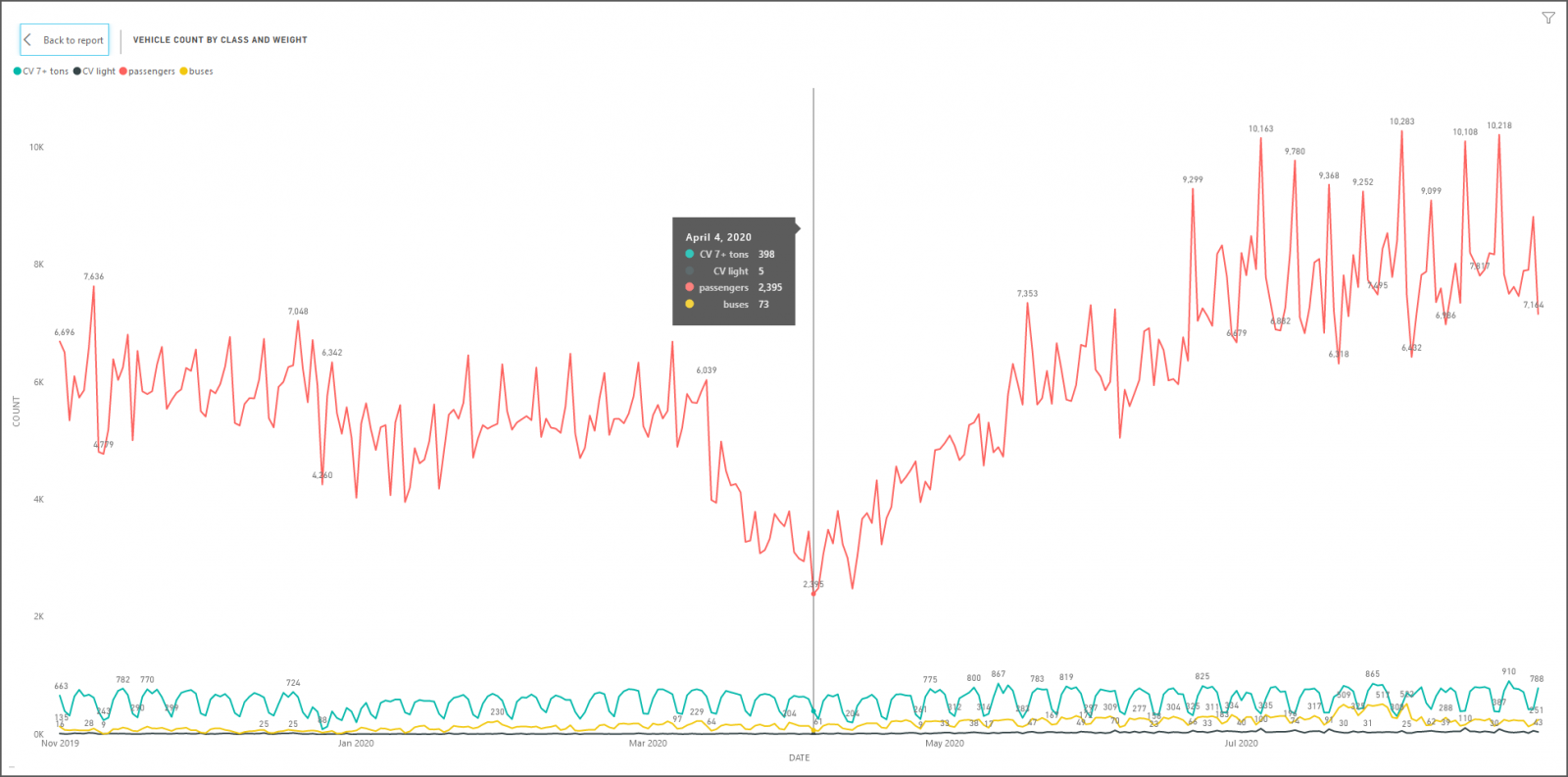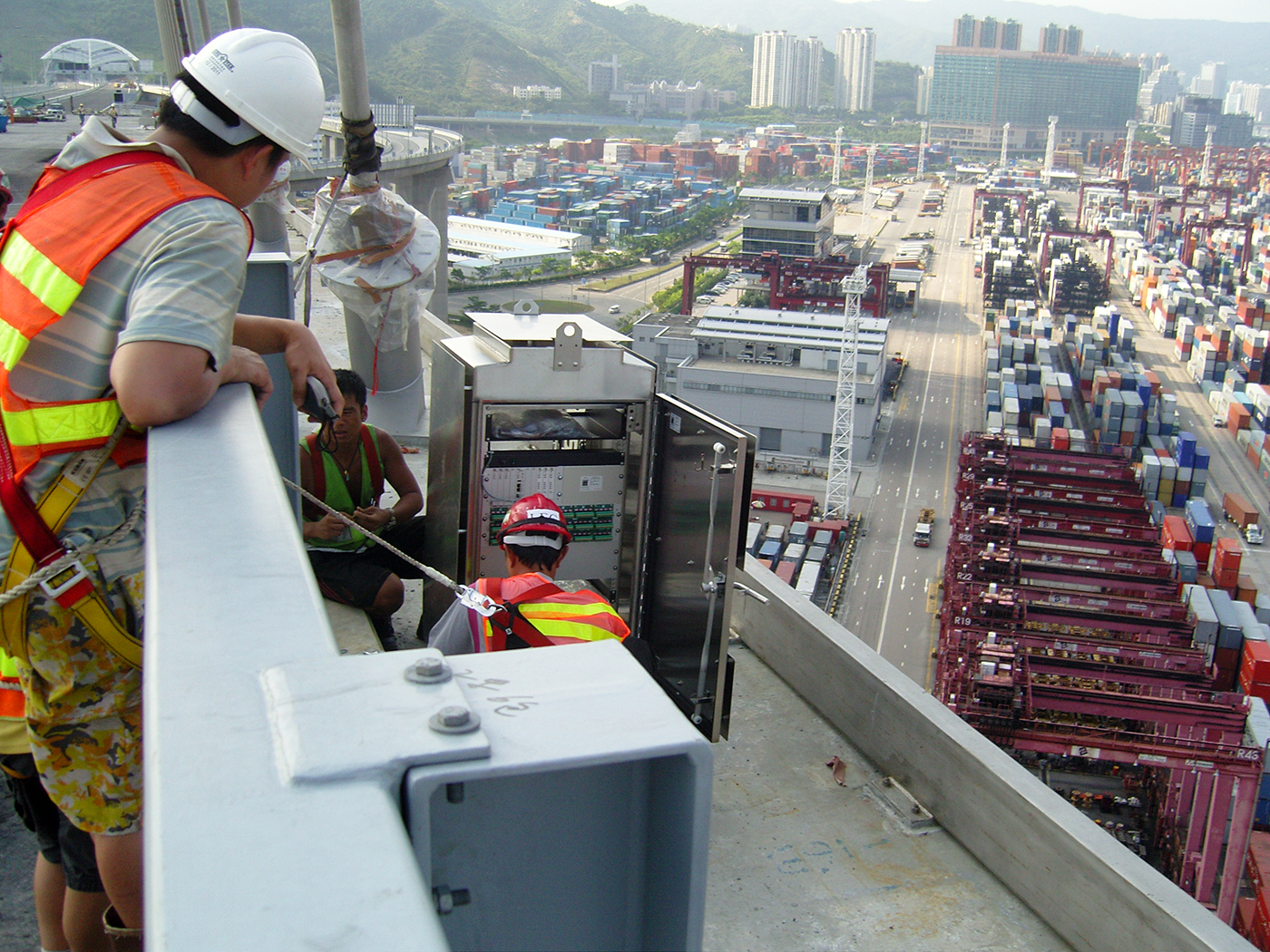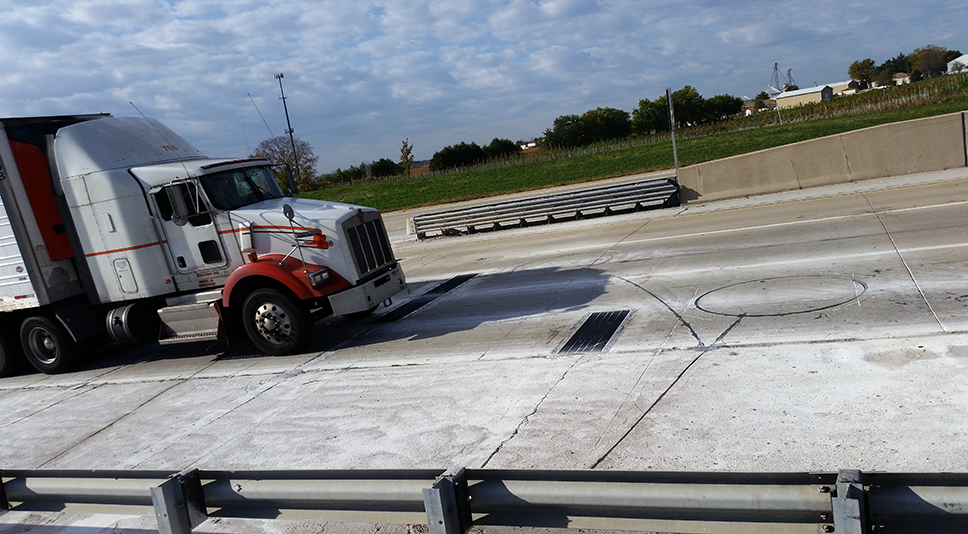What constitutes a good road and a good travel experience is something that preoccupies tolling industry associations and concessions alike. That’s hardly surprising, as they face the unenviable and unending task of convincing travelers to pay to use their bridges, roads, and other facilities, rather than those which are ostensibly ‘free’.
Just what constitutes a good travel experience?
The associations’ and concessions’ responses to this question have tended to concentrate on the quality of infrastructure and service provided — combining low congestion levels with well-maintained pavement surfaces, well-lit routes, good-quality real-time traveler information, and so on. They have worked to distinguish their product offer from the ‘normal’ in terms of road travel.
WIM monitors traffic volumes and vehicle classes against estimates
Concessions bid to operate routes and critical infrastructure over several decades. In effect, they also look to guarantee those higher levels of service over the same period.
They base their bids in large part on estimated volumes of traffic as these will govern revenues, as well as levels of infrastructure wear and so the required maintenance and upkeep. Estimation implies a certain amount of risk. Overestimate, and there is the potential for revenue shortfalls. Underestimate, and the half dozen pavement re-coverings anticipated over, say, a 30-year concession could become seven or eight, especially if overloaded vehicles are a common problem, and turn any expected profit into a loss.
Experience counts for much in such an environment. Nevertheless, judging things correctly over 30 or 50 or even 100 years can involve dealing with the unexpected and unforeseen. Much can change.
For instance, a government or roads administration may decide to increase the maximum allowable all-up weights of certain classes of commercial vehicles. That can happen more than once over a period of decades. This will have a direct effect on the amount of pavement wear caused by individual vehicles.

Virtual WIM Systems Provide Comprehensive Vehicle Information
Tomorrow’s traffic may differ significantly from today’s
Vehicle design evolves, and not always in ways that are intuitive. Private vehicles provide an example. Most people assume that compacts are lighter because they are smaller, for instance, but this is not necessarily so. Notwithstanding the materials advances which have resulted in structural elements that provide similar or better strength at a lower weight, modern vehicles have to meet far more stringent passenger and pedestrian safety standards and are typically more feature and accessory-rich than their predecessors. In short, they are denser. A modern compact can weigh the same as a sedan of 50 years ago, and so cause similar pavement wear.
And we have yet to see what the effects will be on pavement wear of Electric Vehicles (EVs). The assumption is that EVs will have to be lighter to be viable in terms of range but matching the crash-worthiness of hydrocarbon-powered vehicles implies greater structural integrity and more weight — which implies more powerful powertrains and bigger batteries, and yet more weight. How will that influence pavement wear?
The economic environment can affect toll operations
Economic and other factors can influence overall traffic levels as well as profiles. A downturn can result in less commercial activity. Pandemic and lockdown can lead to the cessation of almost all travel.
Few people could have foreseen the effects of COVID-19 just 12 months ago. No one could have predicted it with any accuracy 10 or 20 years back. We have yet to see whether the various national and regional lockdowns of 2020 were one-offs or if — something which was previously only the stuff of apocalyptic fiction — they become seasonal events. Unwelcome as recession or pandemic lockdowns are, especially with their effects on overall numbers of road users and tolling revenues, fewer vehicles at least means longer pavement life.

Virtual Weigh Station Report Showing Lower Traffic Volumes Due to the COVID-19 Response
Because of the pandemic, many countries are already facing budget deficits that were previously unseen in peacetime. They are going to have to manage an increasingly scarce resource — money — while at the same time maintaining levels of mobility, its quality, and, ultimately, its safety.
Spending money where it needs to be spent is going to become ever more important. More accurately, predicting with greater certainty where money needs to be spent, and where spends can be delayed without compromising infrastructural integrity and traveler safety, is going to become increasingly important.
WIM data provides much-needed certainty
Modern Weigh In Motion (WIM) technology significantly increases the levels of certainty with which infrastructure managers such as concessions can operate.
There is a symbiotic relationship between concessions’ tolling and WIM systems. The former tells the concession how much revenue it is making from its infrastructure. The latter tells it how much it potentially needs to spend on maintenance; it can also inform on how much a concession should charge per vehicle according to weight.
WIM provides a unique perspective on Bridges
WIM can be integrated into Bridge Structure Monitoring (BSM) systems and provide data that is complementary to that gathered by traffic count solutions. When a BSM detects a structural anomaly, it can use the WIM data to track back and determine whether it was caused by a specific vehicle, for instance.

iSINC® WIM Controller Installation on a Bridge in Hong Kong
By providing precise information on the types and weights of vehicles using a road or a bridge, WIM enables a more dependable picture to be constructed of wear at the moment, as well as cumulatively. It enables road operators to target the times of day when vehicle overloading is most common, and even to target with absolute certainty those commercial operations which habitually overload and represent a greater wear burden and safety risk.
WIM helps recover costs while preserving infrastructure
Most of all, WIM enables continuity of quality service. One of the biggest challenges to tolling is the notion that non-tolled roads are ‘free’. No road, once built, lasts forever and the user-pays principle remains the fairest method of maintaining their upkeep — the more a traveler uses a road or facility, the more he or she pays.
In short, we need successful, profitable concessions and WIM is one of the most effective tools we have to help them to preserve their profitability while maintaining safety and that all-important travel experience.
Back


